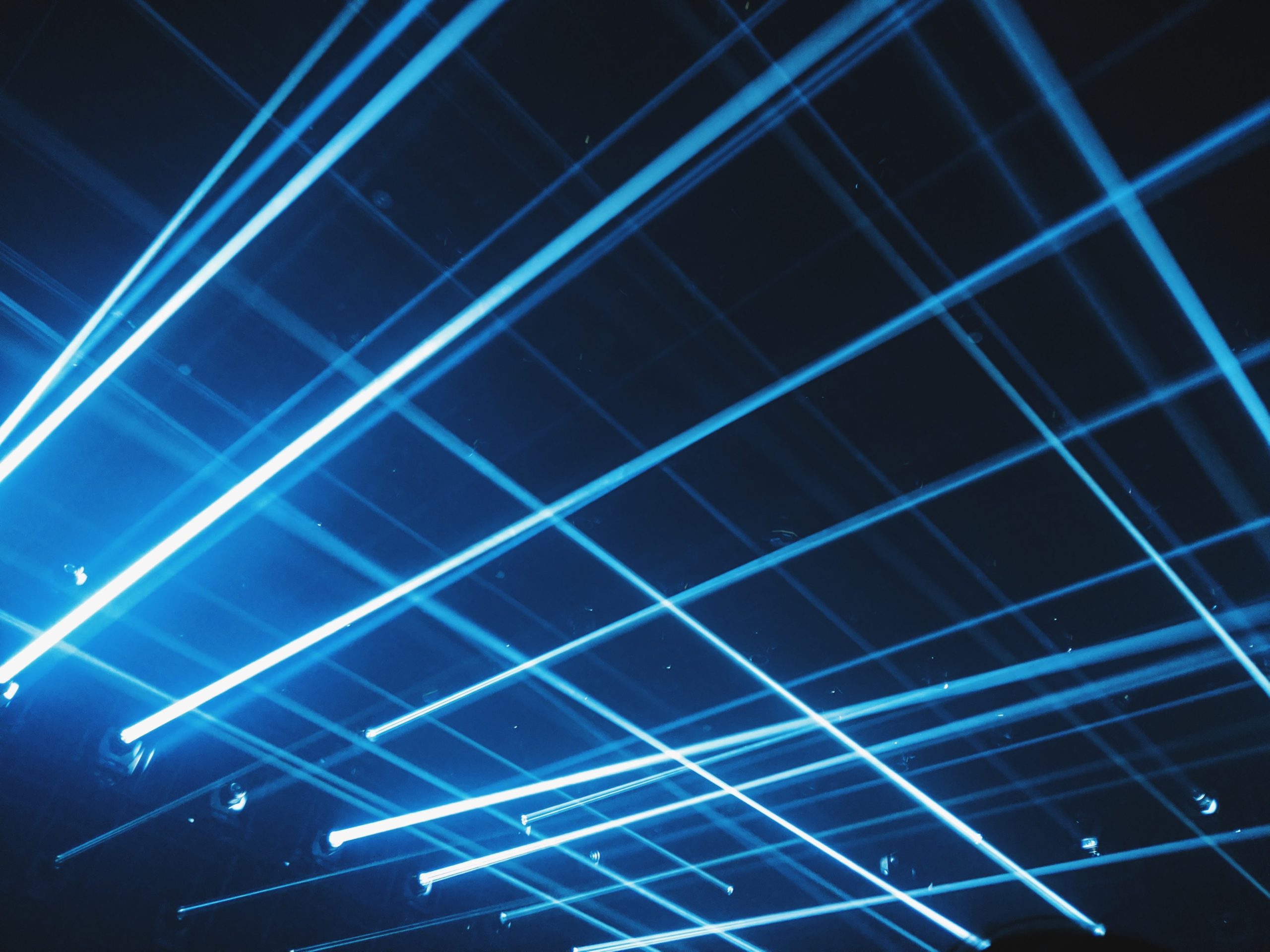
In this modern-day and age, smartphones are the core of our society. They enable us to connect with others quickly, to organize our lives, create notes, make reminders, and build lists. Even our work seems easier with so many productive apps to help us. With all their entertainment options, like books to read, news to digest, videos to watch, games to play, we may never get bored ever again.
In fact, smartphones are so useful that it’s becoming harder and harder to keep our hands off of them. We might have depended too much on smartphones to the point where the side effects outweigh the benefits. A disrupted sleep schedule is one of many side effects because of something called blue light. Blue light is emitted from the screen of your phone.
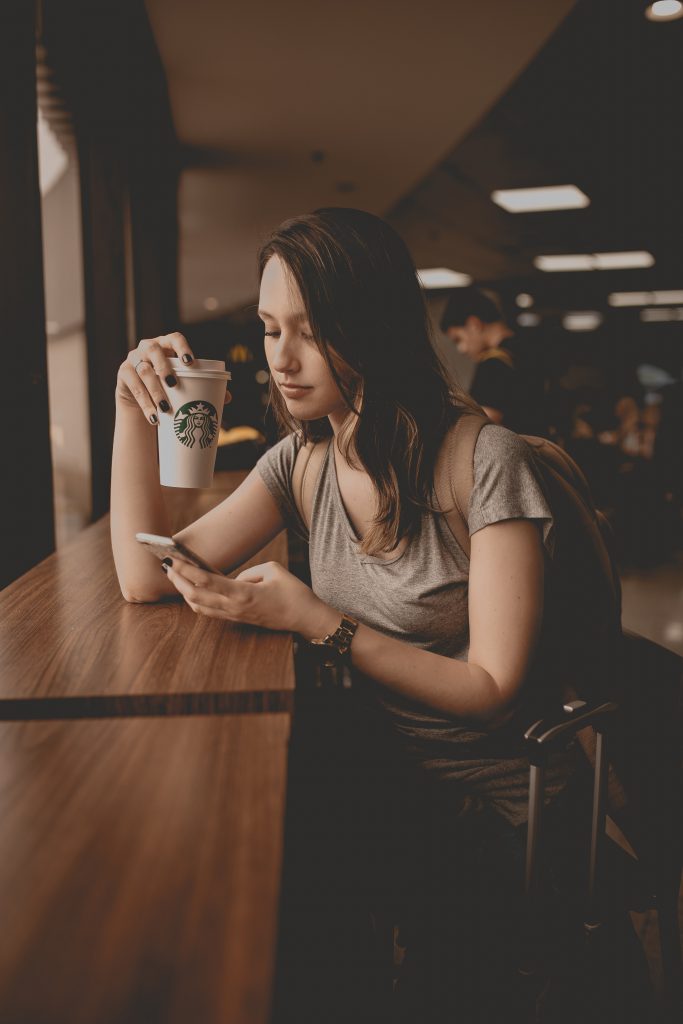
Turning On Night light Mode
Yes, smartphone displays can be harmful to your eyes because of the constant stream of that blue light. Don’t believe me? Please do yourself a favor and follow the steps below:
- Go to your phone settings
- Go to display
- Tap on night light settings
- Turn on night light
You’ll immediately notice a difference in your eye strain. Alternatively, you can drag the top drawbar and tap on the ‘Night Light’ shortcut.
Adjusting Blue Light Mode Settings
If you tap the ‘Schedule’ tab on the top, you can set the blue light automatic schedule to:
- None: The blue light mode only turns on when you tap it manually.
- Turns on at a custom time: You can choose what time the blue light mode will turn on and turn off automatically. Useful when you have an eccentric working schedule or night shifts.
- Turns on from sunset to sunrise: Since this is what the average human schedule looks like, its probably the best to choose this mode to help you achieve a stable sleep schedule.
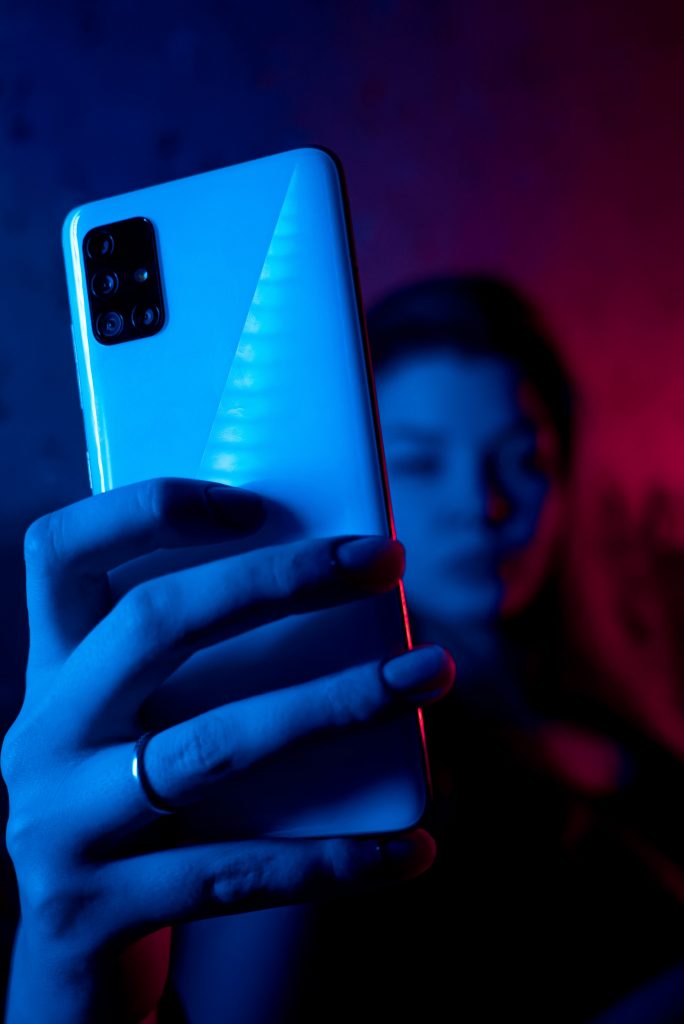
On the bottom-most, you can find an intensity slider that you can adjust freely. This option is used to achieve a perfect balance between eye comfort and readability. Android screen displays have different characteristics; some might find the default intensity too dark or too bright.
If you did follow these steps, you would notice that your screen has an amber-like color, feels more mellow and soft to your eyes. Of course, you can try Bluelight glasses like these, but who wants to wear glasses when you can just adjust a couple of settings?
What is Blue Light?
Let’s start with the absolute basics. Light is electromagnetic radiation that can be detected by your eyes through photons. Photons are created as a form of released energy when an atom or molecule drops to a lower energy state. In a typical LED light, a photon is created simply by giving direct current to diodes.
Blue Light in the Android 10 Display
The photons travel around, get reflected, refracted, absorbed before they finally reached your eyes. Your retina only accepts electromagnetic radiations that have a wavelength between 700nm(nanometers) to 400nm.
The variation within the wavelength represents different spectrum colors, with the longest wavelength being maroon (dark red), and the shortest wavelength being lavender.
Blue light’s wavelength lies between 380nm to 500nm, the shortest wavelength of visible light, which means blue light has the most energy. Color-wise, blue light starts at the shade of cyan (very light blue) to lavender (light purple). Most Android displays prefer to have a slight blue tint to make the image looks crisper, thus using more blue light.
What Are the Effects of Blue Light
Now, before painting everything you own red and declaring a crusade on the blue color, it’s a good idea to remind ourselves that the degree of harm or benefit always lies in its quantity and timing. Here are the positives and negatives.
Benefits to Blue Light on Android 10
According to studies, exposure to blue light on morning and noon can boost alertness, helps you focus on things better, improves cognitive functions, and keeps your mood up. This is why on most office room fluorescent light fixture is much more preferred rather than normal white lamps. This is because fluorescent lamps emit blue lights more than normal lamps.
Besides, lights that emit more blue light are just more luminous than a typical lamp. As a result, fewer lamps are needed to light a room adequately, which increases cost efficiency. It is especially important in light intensive areas such as laboratories, drawing rooms, and advertising billboards.
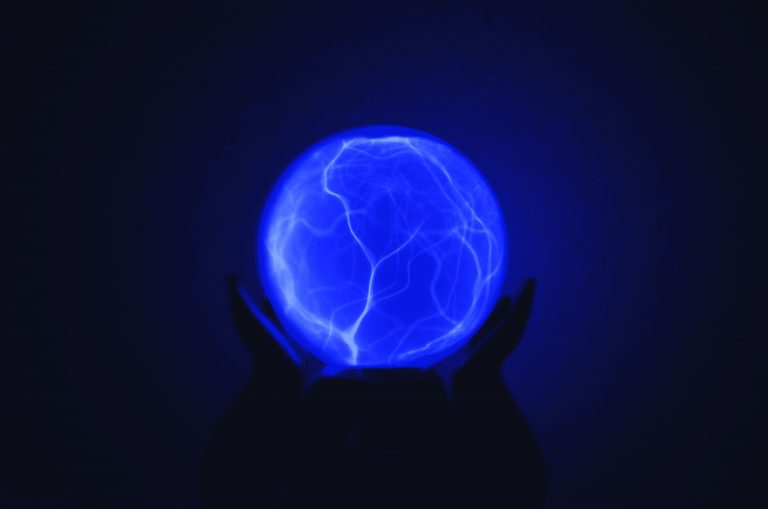
Drawbacks to Blue Light on Android 10
Since blue light has the most energy density, therefore is the most luminous of all, our eyes which process that information also needs extra effort on digesting it. Think of dumbbells, the heavier they are, the more effort needed to lift them up. Blue light is the heaviest dumbbells out there, albeit its toned down to a tiny scale.
Eye Strain
Therefore, blue light puts more strain on your eyes. You blink more to lubricate your eyes, your eyes feel tired faster, suddenly looking at other things than the screen feels more relaxing.
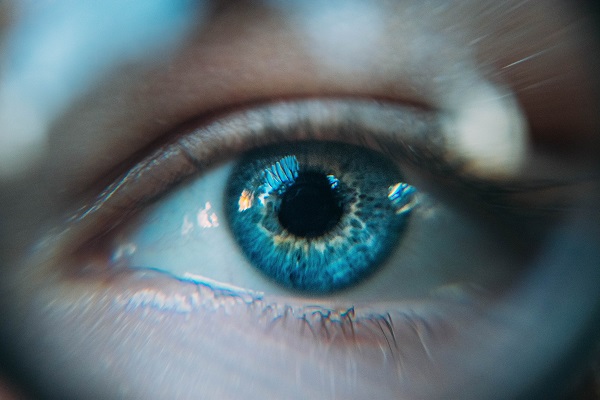
Sleep Patterns
There is something called Circadian Rhythm. It’s the important inner workings of your body that dictates how your body should act. Basically, the brain gets the information about day and night through sunlight and your eyes. The brain creates a hormone called melatonin to help you feel sleepy at night.
Your brain also adjusts other things such as bowel movement, peak reaction time and alertness, and peak muscle strength based on what time the brain perceived.
Conclusion
Extensive exposure to blue light (which is almost as strong as sunlight) on night time inhibits the creation of melatonin so you don’t feel sleepy. As a result, the circadian rhythm of sleeping got postponed, thus disrupting it. Each day you will sleep later and later until it completely flipped.
The brain perceives night as day, so you will feel perpetually tired. Even sleeping will not relieve you of that fatigue. You won’t be able to sleep more than 4 hours at a time. So adjust those Bluelight settings!
Join The Discussion: